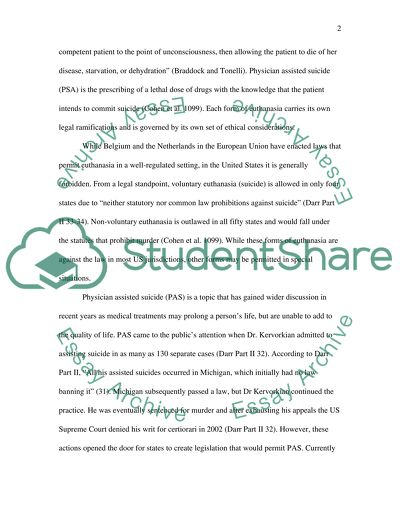Cite this document
(Euthanasia in the United States Coursework Example | Topics and Well Written Essays - 1500 words, n.d.)
Euthanasia in the United States Coursework Example | Topics and Well Written Essays - 1500 words. https://studentshare.org/social-science/1515141-euthanasia-in-the-united-states
Euthanasia in the United States Coursework Example | Topics and Well Written Essays - 1500 words. https://studentshare.org/social-science/1515141-euthanasia-in-the-united-states
(Euthanasia in the United States Coursework Example | Topics and Well Written Essays - 1500 Words)
Euthanasia in the United States Coursework Example | Topics and Well Written Essays - 1500 Words. https://studentshare.org/social-science/1515141-euthanasia-in-the-united-states.
Euthanasia in the United States Coursework Example | Topics and Well Written Essays - 1500 Words. https://studentshare.org/social-science/1515141-euthanasia-in-the-united-states.
“Euthanasia in the United States Coursework Example | Topics and Well Written Essays - 1500 Words”. https://studentshare.org/social-science/1515141-euthanasia-in-the-united-states.


